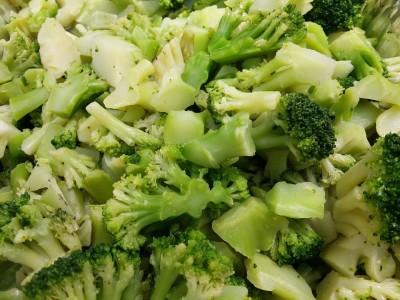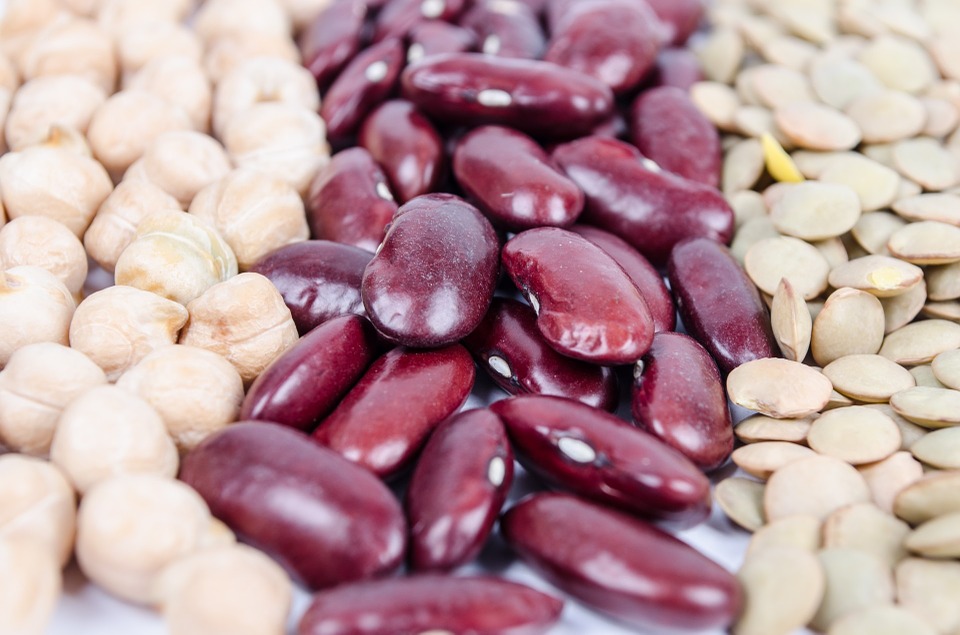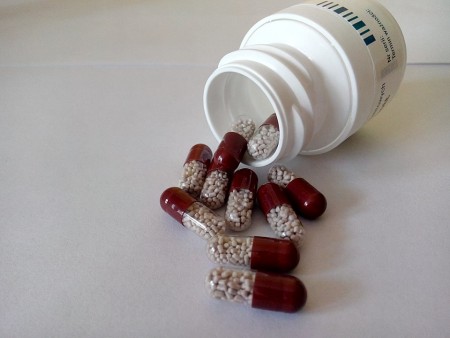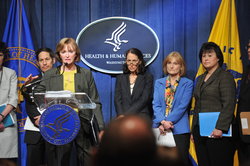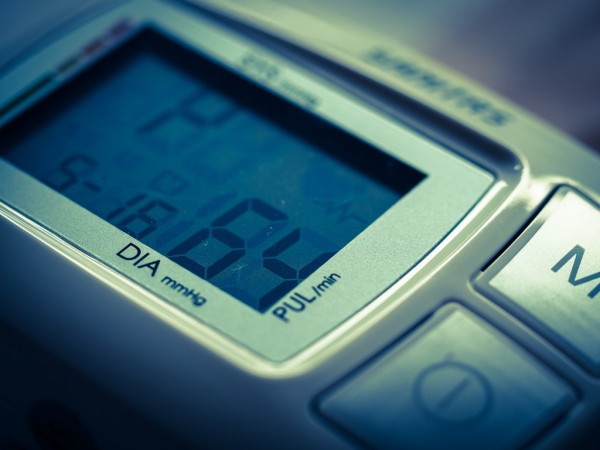November 2005 -- Following a doctor's advice on how to keep diabetes in check is always the best course of action and researchers are constantly on the lookout for compounds that someday could help physicians better treat the disease. Of special interest to chemists are naturally occurring compounds found in certain healthy foods and beverages. Often these compounds become the model or the active ingredient for new drug therapies that maximize the food's beneficial effects.
November is National Diabetes Awareness Month and an appropriate time to highlight some recent studies into food compounds that may hold clues for the future treatment of diabetes. All of the studies were published in the Journal of Agricultural and Food Chemistry, a journal of the American Chemical Society, the world's largest scientific society.
Tea fights cataracts, boosts insulin activity -- New research in animals suggests that tea may be a simple, inexpensive means of preventing diabetes and its ensuing complications, including cataracts. Researchers fed green and black tea to diabetic rats for three months and then monitored the chemical composition of the rats' blood and eye lenses. At levels that would be equivalent to less than five cups of tea per day for a human, both teas significantly inhibited cataract formation relative to a control group which did not get tea, according to Joe Vinson, Ph.D., a chemist at the University of Scranton (Penn.) and lead author of the paper.
Another study on tea, done by researchers from the U.S. Department of Agriculture, found that the popular beverage may increase insulin activity. Using black, green and oolong teas, the scientists found that tea increased insulin activity by about 15-fold in tests using fat cells obtain from rats. The effect was primarily due to epigallocatechin gallate, an active compound found in tea, says study leader Richard A. Anderson, Ph.D., of the USDA's Agricultural Research Service in Beltsville, Md.
Cinnamon lowers blood sugar levels -- Several compounds isolated from cinnamon may one day become the key natural ingredients in a new generation of products aimed at lowering blood sugar levels, according to USDA researchers. In test tube studies, the compounds, called polyphenolic polymers, increased sugar metabolism in rodent fat cells 20-fold. The study was conducted by the USDA's Richard A. Anderson, Ph.D., and his colleagues at the University of California in Santa Barbara. In a related finding published in another journal (Diabetes Care), members of Anderson's research team reported that less than a half-teaspoon of cinnamon daily for 40 days significantly lowered blood sugar levels among 60 volunteers with Type 2 diabetes.
Continue Reading Below ↓↓↓
Buckwheat decreases blood glucose -- Researchers in Canada have found new evidence that buckwheat, a grain used in making pancakes and soba noodles, may be beneficial in the management of diabetes. In a controlled study, extracts of the seed lowered blood glucose levels by 12 percent to 19 percent when fed to diabetic rats, according to study leader Carla G. Taylor, Ph.D., an associate professor in the Department of Human Nutritional Sciences at the University of Manitoba in Canada.
Cherries may help lower blood sugar -- Researchers have identified a group of naturally occurring chemicals abundant in cherries that could help lower blood sugar levels in people with diabetes. In early laboratory studies using animal pancreatic cells, the chemicals, called anthocyanins, increased insulin production by 50 percent, according to study leader Muralee Nair, Ph.D., a natural products chemist at Michigan State University in East Lansing. But you might want to limit the candied maraschino cherries, as they contain extra sugar and fewer beneficial cherry pigments, the researcher says.
The American Chemical Society is a nonprofit organization, chartered by the U.S. Congress, with a multidisciplinary membership of more than 158,000 chemists and chemical engineers. It publishes numerous scientific journals and databases, convenes major research conferences and provides educational, science policy and career programs in chemistry. Its main offices are in Washington, D.C., and Columbus, Ohio.
Source: American Chemical Society




